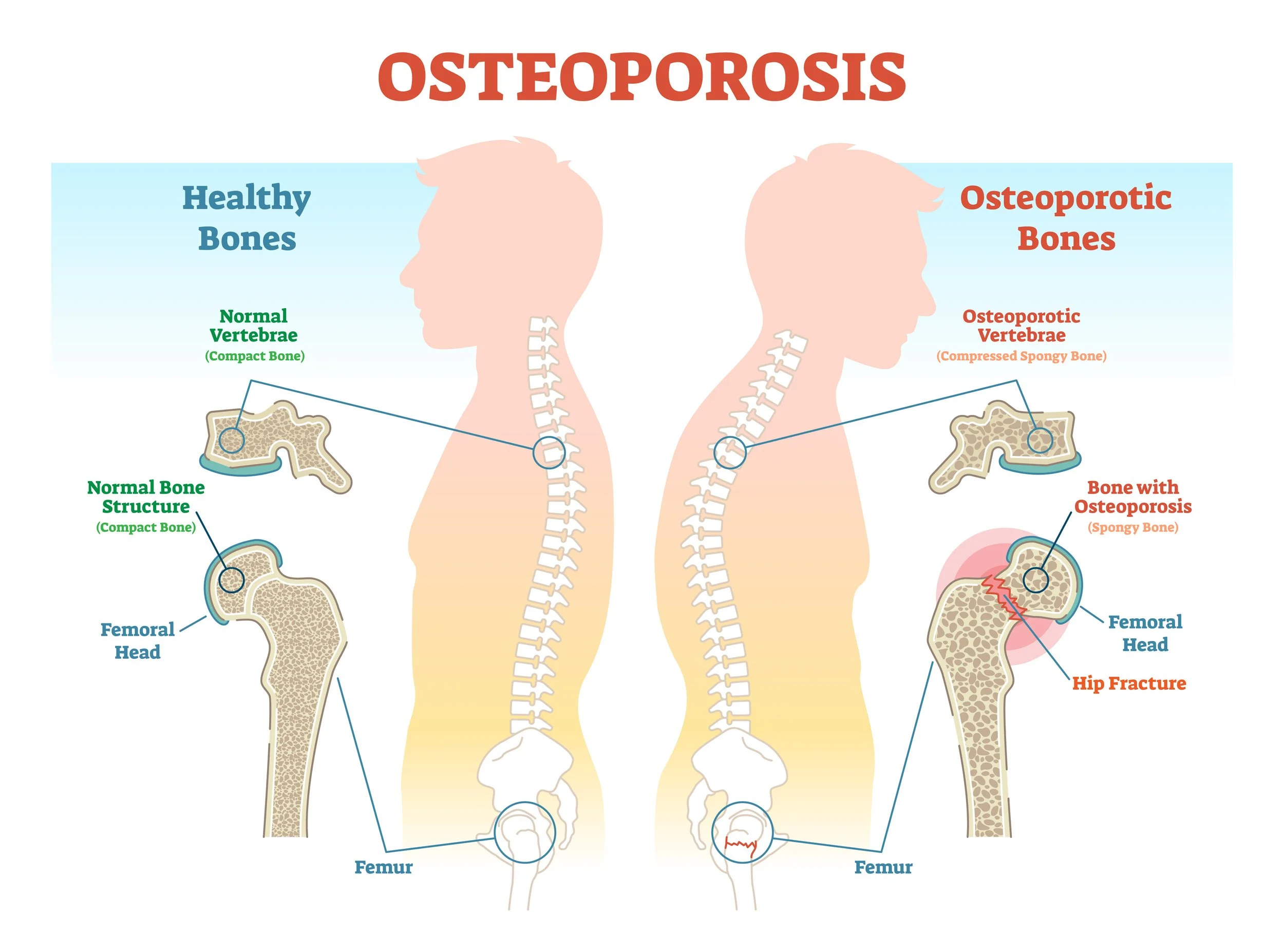Understanding Osteoporosis: A Silent Threat for Men and Women
Osteoporosis, often referred to as a “silent disease,” weakens bones over time, making them fragile and more likely to break. While it is commonly associated with postmenopausal women, it is important to recognize that men are also at risk—and they are not being screened or treated nearly as often as they should be.
Osteoporosis affects millions of people worldwide, leading to fractures that can severely impact quality of life. These breaks, often in the hip, spine, or wrist, may occur from falls or, in severe cases, even minor bumps. The good news is that early screening and treatment can reduce the risk of these fractures significantly.
However, research shows a serious gap when it comes to men. According to an important paper published by the American Academy of Orthopaedic Surgeons (AAOS), men are significantly underscreened and undertreated for osteoporosis. This is concerning, given that men who suffer hip fractures tend to have worse outcomes than women, including higher mortality rates. The disparity in care partly stems from the misconception that osteoporosis is primarily a “woman’s disease.” But this is not just a women’s health issue … it is a bone health issue for everyone.
Adding to the challenge, there are fewer approved therapies for men than for women. Both antiresorptive agents, which slow bone breakdown, and anabolic agents, which build new bone, are more frequently studied and approved for women. While some of these medications are available to men, access and awareness remain limited.
At our Wellness Center for Bone and Joint Health, we are committed to changing this narrative. As a nonoperative center focused on prevention and wellness, we encourage bone health screenings for all adults, regardless of gender. Our team offers bone density testing and personalized guidance to help patients understand their risk and take proactive steps to strengthen their bones.
If you are over the age of 50—or have risk factors like a family history of osteoporosis, low body weight, or previous fractures—now is the time to get screened. And if you are a man, do not assume osteoporosis cannot affect you. The earlier we detect bone loss, the more options you will have for prevention and treatment.
Let us work together to protect your foundation—your bones—for a stronger, healthier future. Schedule your bone health screening today.

